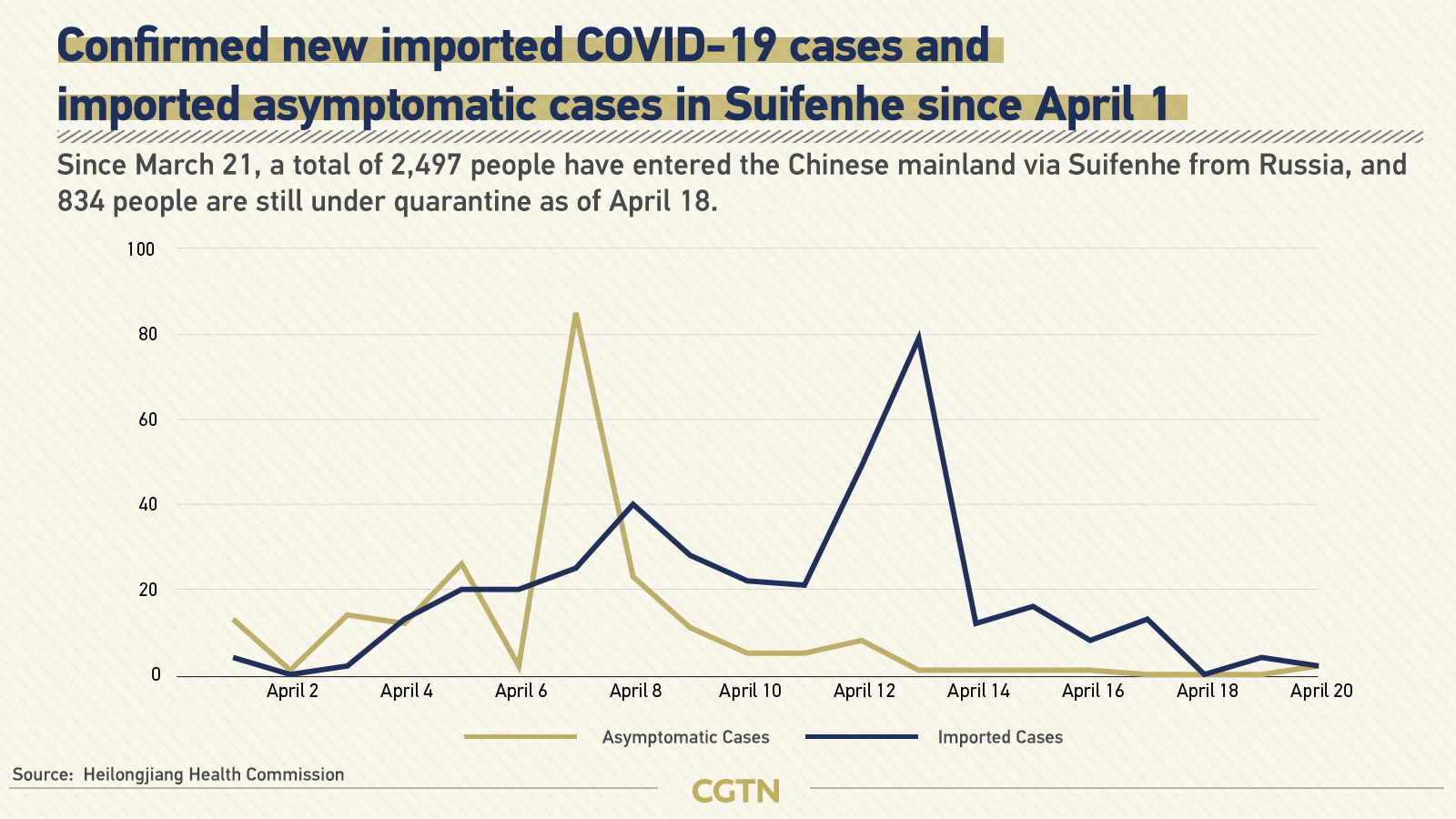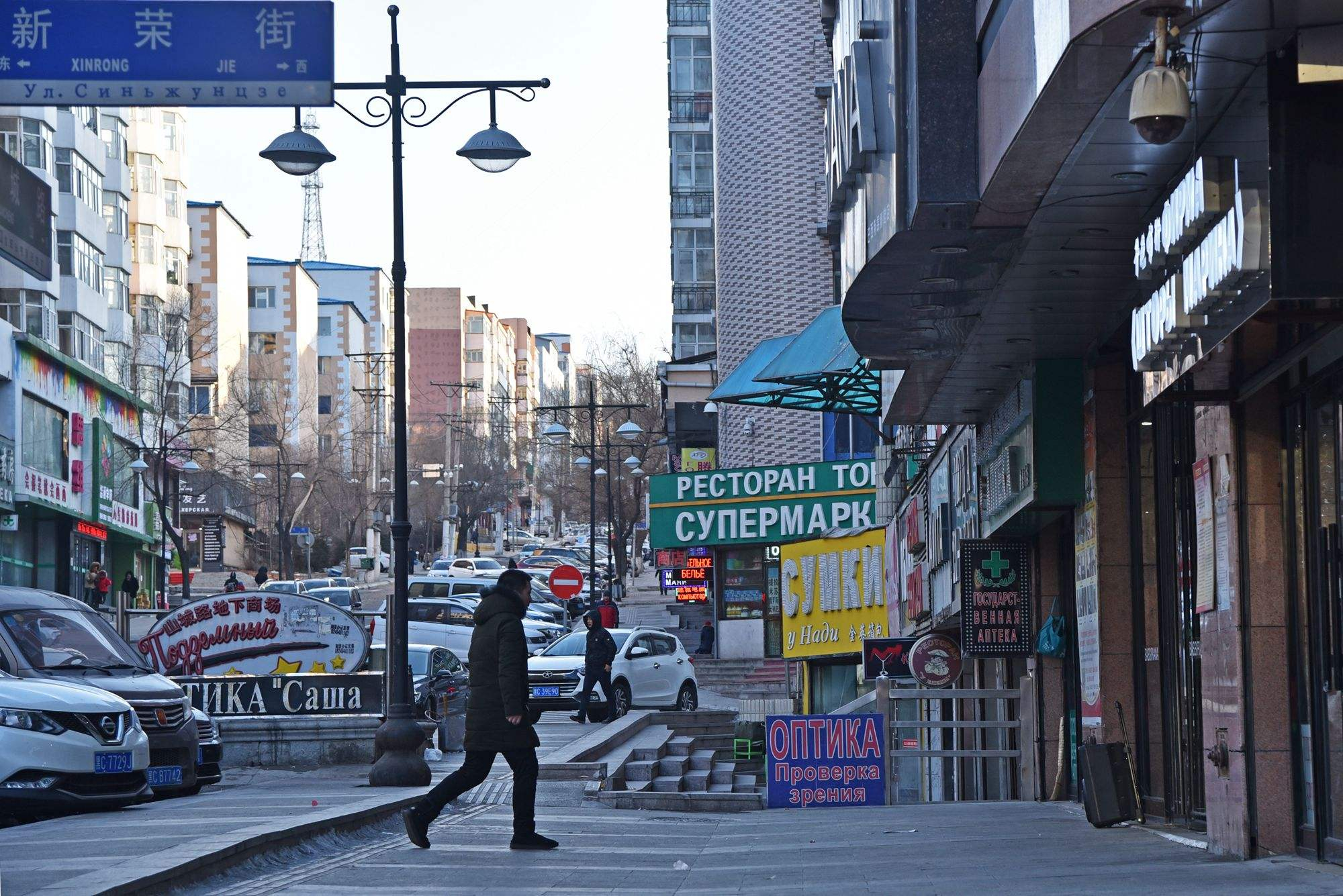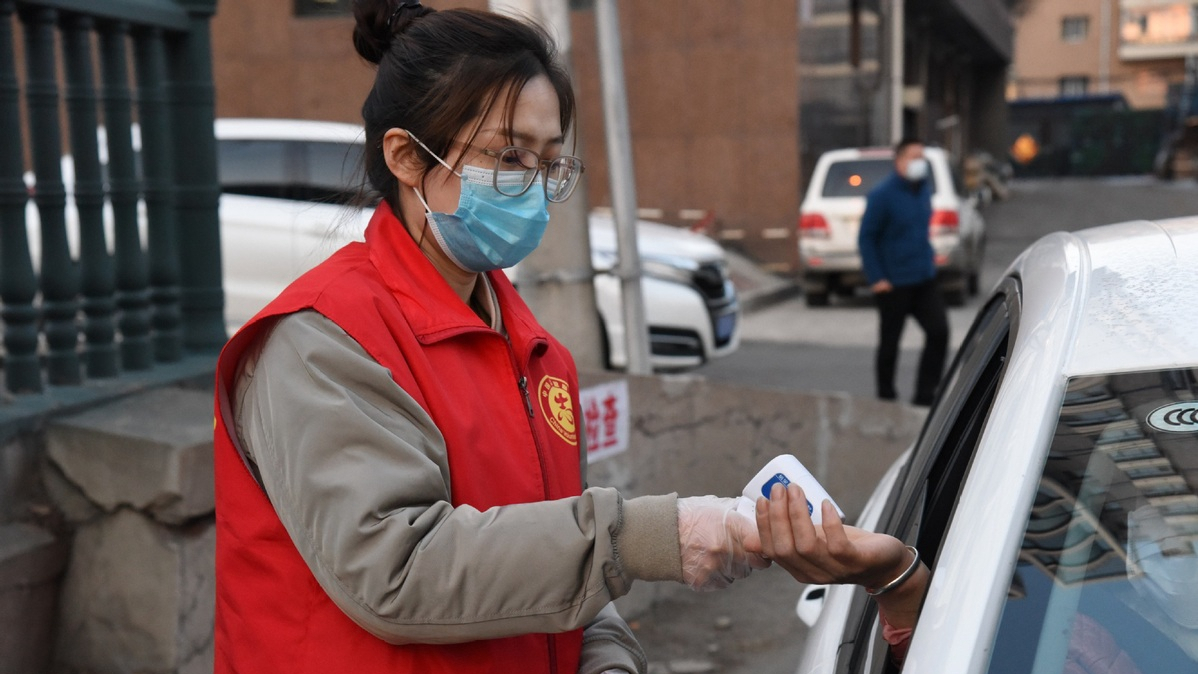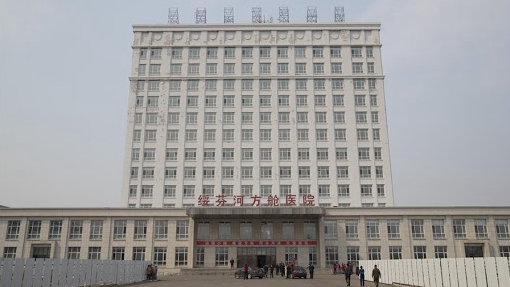Facing a high proportion of novel coronavirus infection cases brought from abroad, Suifenhe, a remote border city with fewer than 70,000 residents, has become the new frontline in China's battle against the COVID-19.
Suifenhe, a county-level city under Mudanjiang, is a key frontier port in China's Heilongjiang Province, which is just 120 km from the Russian port city of Vladivostok.
The Suifenhe border crossing is one of the few places where Chinese people living in Russia could use it to return home after Russia shut down international flights in late March.
These Chinese nationals returning to the Chinese mainland took a similar route: fly from Moscow to Vladivostok and then take trains, buses, or privates cars to the Suifenhe port.
How COVID-19 situation unfolds?

Suifenhe was reported to have had no local confirmed cases at China's peak of the outbreak from late January to March.
The remote city has come under the spotlight as both confirmed cases and asymptomatic cases from Russia rose rapidly since April.
According to Heilongjiang Health Commission, the remote Chinese town on March 27 reported the first imported asymptomatic COVID-19 case from Russia and first confirmed a new case from Russia on April 1.
Read more:
First imported COVID-19 patient in Suifenhe recovers
China beefs up border controls over imported virus cases from Russia
Chinese border city on high alert after a cluster of cases from returnees
China announced the shutdown of the Suifenhe land port on April 7. The city reported 85 cases of infected people without symptoms who had traveled from Russia the same day.
On April 12, the Chinese mainland reported a total of 108 new COVID-19 cases (including 98 imported cases), the highest number of new daily cases in nearly six weeks. Among those imported cases, 49 are reported by Suifenhe.
The next day, the number of imported COVID-19 cases climbed to a peak in Suifenhe, with 79 cases confirmed.
As of April 20, Suifenhe's imported confirmed COVID-19 cases reached 377, which account for nearly 24 percent of all the imported cases in the Chinese mainland.
What are the difficulties in addressing the pandemic?

The border city of Suifenhe. Guan Yang/CGTN
The border city of Suifenhe. Guan Yang/CGTN
Noting that the proportion of COVID-19 patients has been very high at between 10 percent to 20 percent in each batch of inbound personnel, Yu Kaijiang, head of the provincial medical team dispatched to Suifenhe pointed out that the imported cases may stretch the local health system beyond its capacity.
The city only has a level-two hospital, equivalent to a community hospital in a big city.
Yang Yanjie, deputy head of the expert group for epidemiological investigation of COVID-19 in Heilongjiang, said Suifenhe has never experienced such a major public health emergency, and the disease control and prevention ability and treatment skills are relatively weak.
A total of 2,497 people have entered the Chinese mainland via Suifenhe from Russia since March 21.
Since Heilongjiang Province demanded all inbound personnel undergo a fortnight collective quarantine, Yang noted that Suifenhe, as a small-scale city, does not have enough capacity to quarantine and isolate new arrivals.
Both Yang and Yu expressed worries about the existence of asymptomatic patients as they pose a higher risk of spreading the disease.
How to grapple with virus?
Amid mounting pressure, Suifenhe has introduced strict pandemic prevention and control measures to address challenges.
The closure of all passenger corridors at Suifenhe border checkpoint with Russia has been enforced since April 7.
Except for a 14-day collective quarantine, all inbound personnel have to undergo two nucleic acid testings and one serum antibody testing in designated facilities. They are also asked to be isolated and put under observation at home for 14 days after leaving the designated facilities.
Meanwhile, all the Russian truck drivers entering the city are required to park their vehicles and live in designated places. Local police were deployed to patrol the border area 24 hours a day.
02:30

All local residential communities have been closed since April 8. Each family is allowed to send one member outside for purchase every three days. Communities also provide non-contact services to help purchase daily necessities.
Community staff are working in shifts to check register pass permits and health codes of the residents entering or leaving the communities. Masks and temperature checks are also mandatory.
Transformed from an office building, a makeshift hospital with 600 beds is now on standby. It will be used to receive asymptomatic patients.
02:06

A mobile negative-pressure laboratory is also equipped with the daily coronavirus testing capacity improving to 1,600.
Medical experts and workers have been sent to assist Suifenhe. Chinese Center for Disease Control and Prevention (CDC) has sent 22 experts to the site, and the provincial government has dispatched a team of 141 medical professionals, some of whom have just finished their mission in Wuhan.
The city has also fetched adequate medical supplies across the country. The National Health Commission (NHC) has arranged to send 100 boxes of some 50 types of medical supplies, and Heilongjiang Health Commission has provided 15 negative-pressure ambulances and 3,408 pieces of medical equipment.